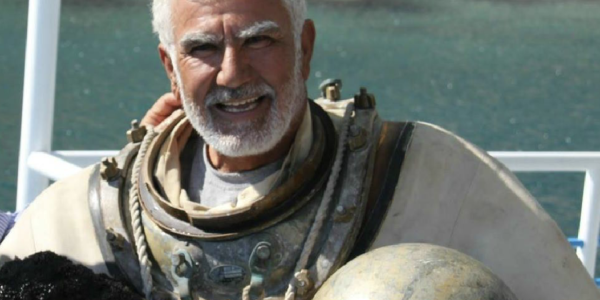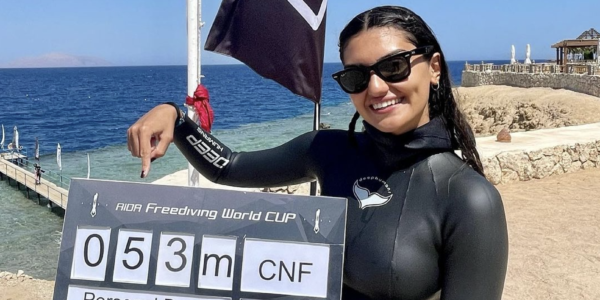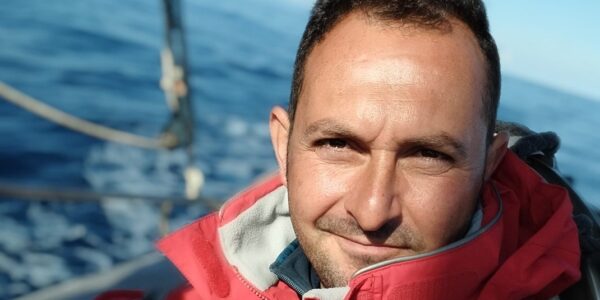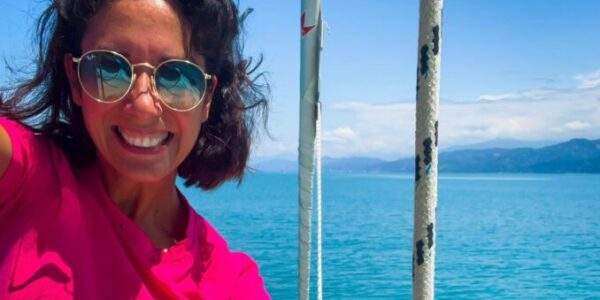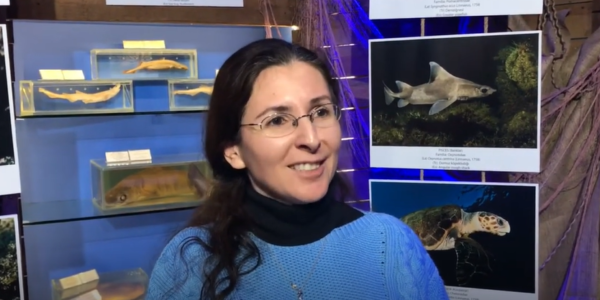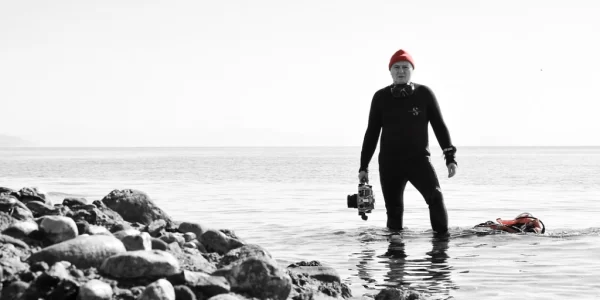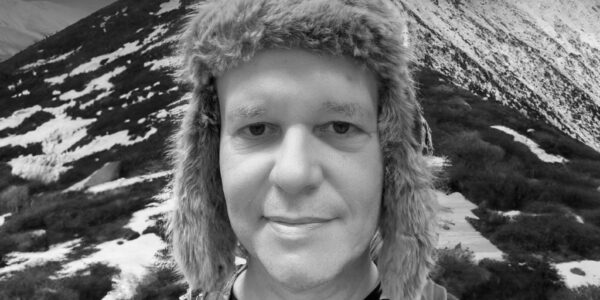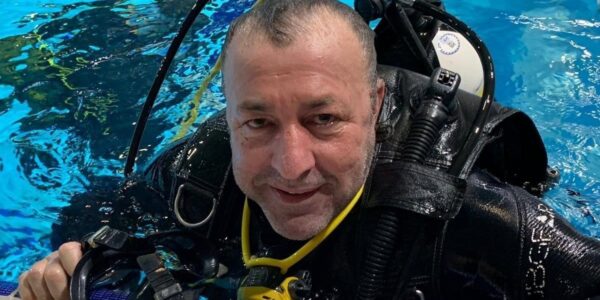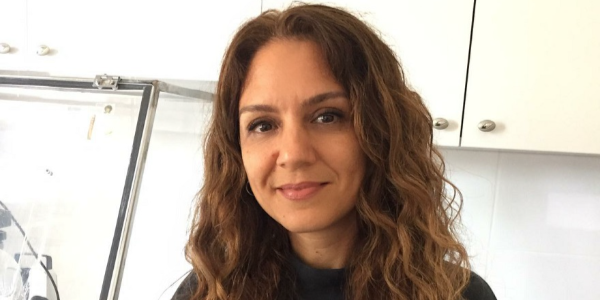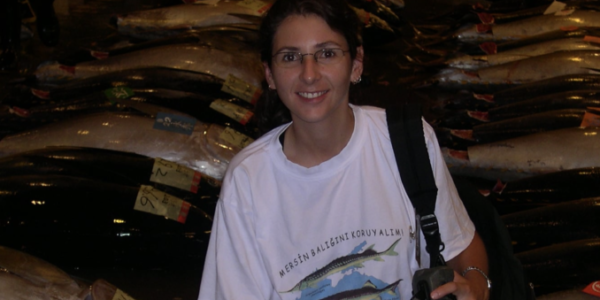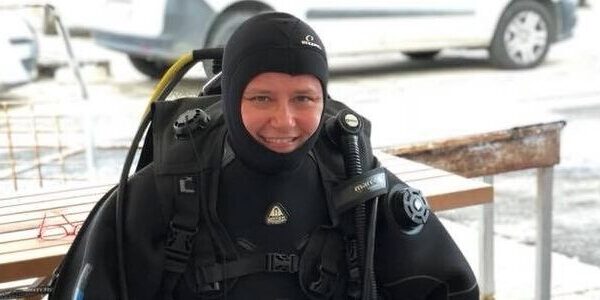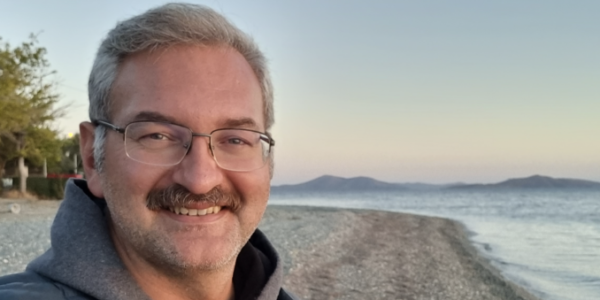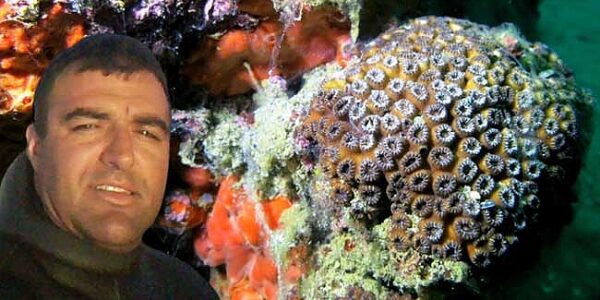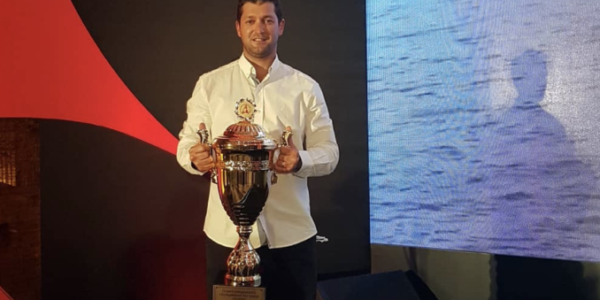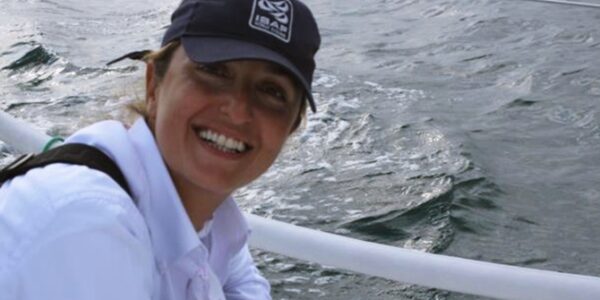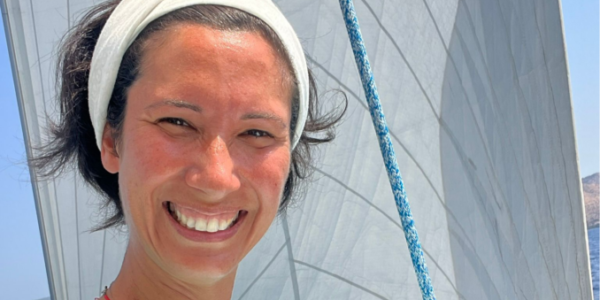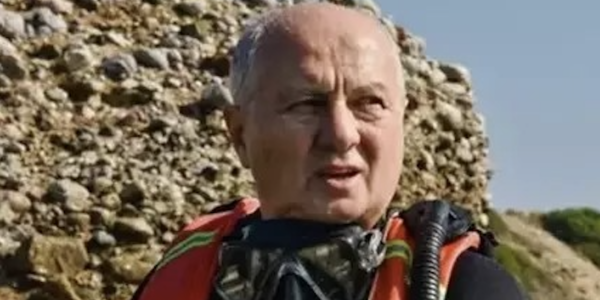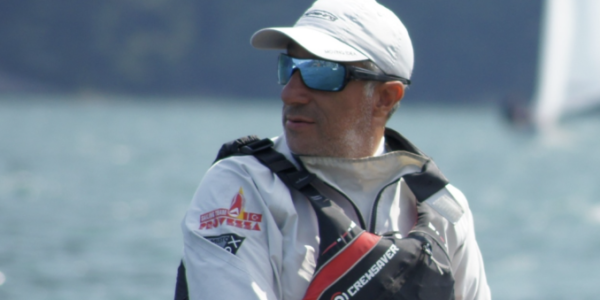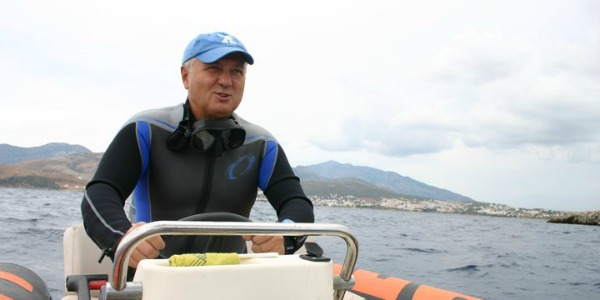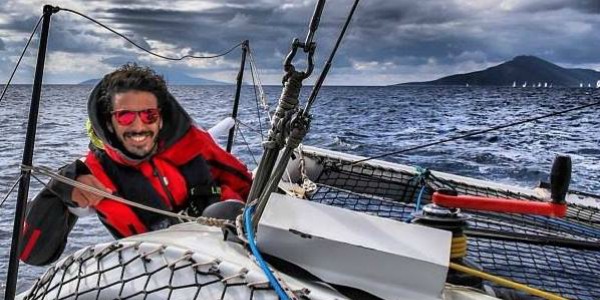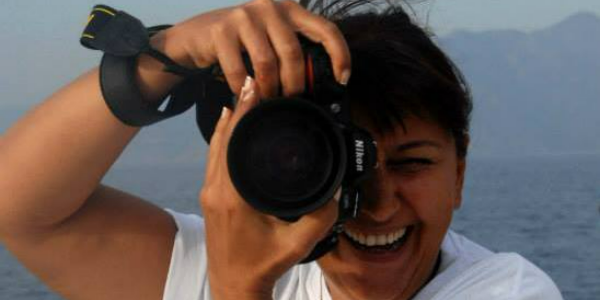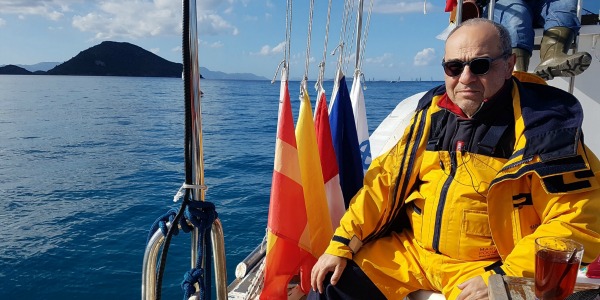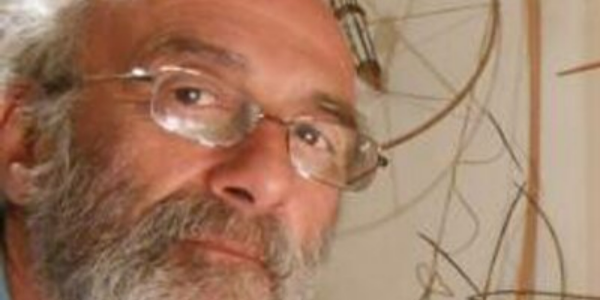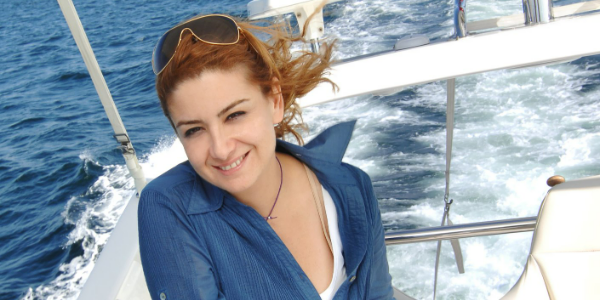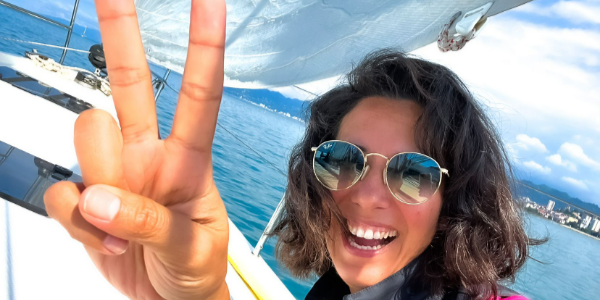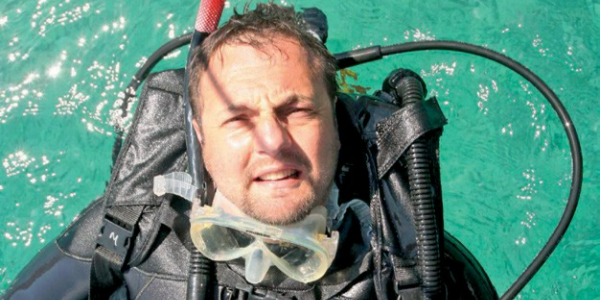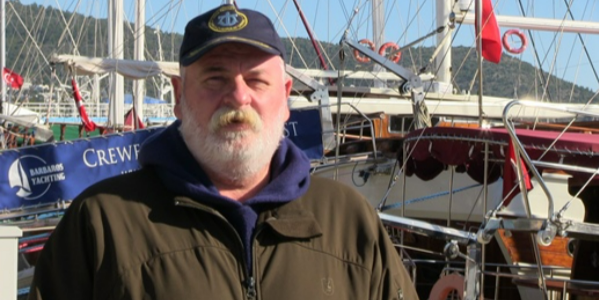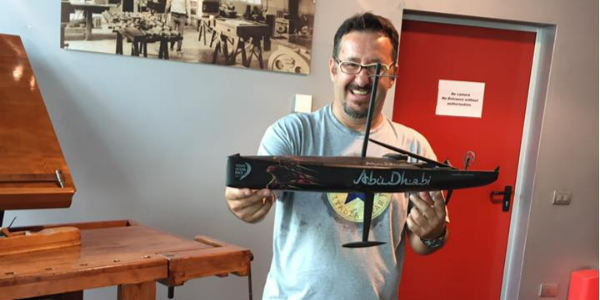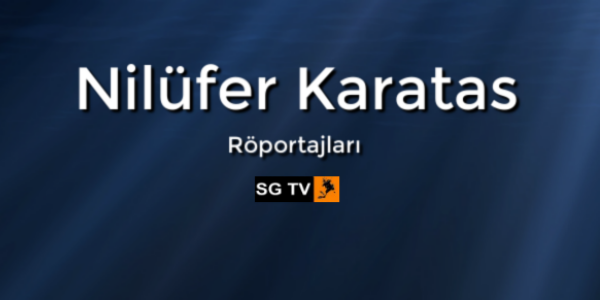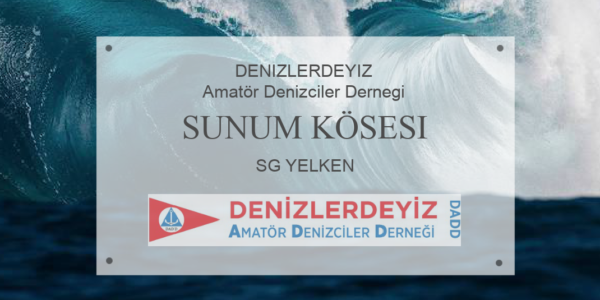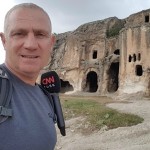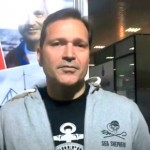
Jenny Stock joins three teenage girls discovering the joys of diving thanks to the Young Dive Ambassadors programme at Atlantis Resort, Dumaguete
Word and photographs by Jenny Stock
I had forgotten! Diving begins with enjoyment. It’s a fun, exciting process of learning new skills in an alien environment.
It’s been a long time since I’ve dived with anyone under the age of twenty. For decades, all my diving has consisted of my dive buddies and me deeply concentrating on producing high-quality media content underwater.
After splashing into the warm waters of Dumaguete in the Philippines and lifting my camera towards three teens, the Atlantis Young Dive Ambassadors, I was reminded of the carefree delight and simple love of diving I had left behind.
These young women were a flurry of activity, giggling while trying to create underwater love hearts with their bodies and hands. This light-hearted atmosphere continued for the rest of our dives together, and I thoroughly enjoyed their fascination and enchantment in learning about our underwater world.

So what is a Young Dive Ambassador? The role evolved from the NGO Big Blue Network, founded by Kim Gervereau, whose aim was to educate sixteen-year-olds in the key areas of fish and coral, mangroves, sea grass, and solid waste management.
The scheme has reached more than four hundred high school children in the municipalities of Dauin and Zamboanguita, many from underprivileged backgrounds.
On seeing the work Kim was doing, Atlantis Dive Resorts owner, Brit Andy Pope, created the Dive Ambassadors programme to support some keen, deserving young locals by getting his team to teach them how to dive, and to experience the local ocean wildlife.
CHARMAINE

Teen angst is a global phenomenon. Charmaine tells me that she is incredibly socially awkward but the silent underwater world has given her a place to feel comfortable.
‘I’m just a kid growing up on a mountain,’ she says. ‘I have a little soft voice, and unlike the other kids, I don’t like to socialise; it stresses me out. I prefer nature to human beings. Socialising drains my energy. So I distance myself, but I fear my peers will judge me.
‘They ask “why are you always lonely?” Well, I’m alone, but I’m not lonely. But I accept that I am also a human and in my second year of college, so I have to interact. I need to improve my social skills so that I will be better at my work in the future.’

Charmaine tells me that learning to dive has given her confidence. She says: ‘If I can be around the fish, then maybe I can be around people? After all, aren’t people just land fish? In my job as a Young Ambassador I will help others, encourage them to dive as well.’
She went on to explain: ‘At first I was afraid of diving because of the dark depth of the ocean, but after I immersed myself in the dive, it was a different experience. I saw schools of fish, they were so beautiful that I fell in love with them. So, while observing them and having a good time swimming around with my buddies, I learned to relax, focus and concentrate – it helps my mind to be calm.’
Building up the teenagers’ self-confidence is a key part of the scheme. The Young Ambassadors are taught by staff to interact with guests, to talk to them as equals on the boat, and to address them by name, not as ’Sir or ‘Ma’am’. The aim is to build confidence and lose that shy demeanour.

The three young women are lucky, but they are also deserving. The screening process was rigorous. Eighty science high-school students who were studious and loved the ocean, but whose families didn’t have the resources to pay for diving lessons, were selected for test number one: could they get to grips with snorkelling?
Getting permission from parents was tricky. In a typical class of Filipino students, it is rare to have more than one child who can swim, so when parents were asked if they would allow their kids to go on a snorkelling trip, many were reluctant to let them go.
JEHIAH
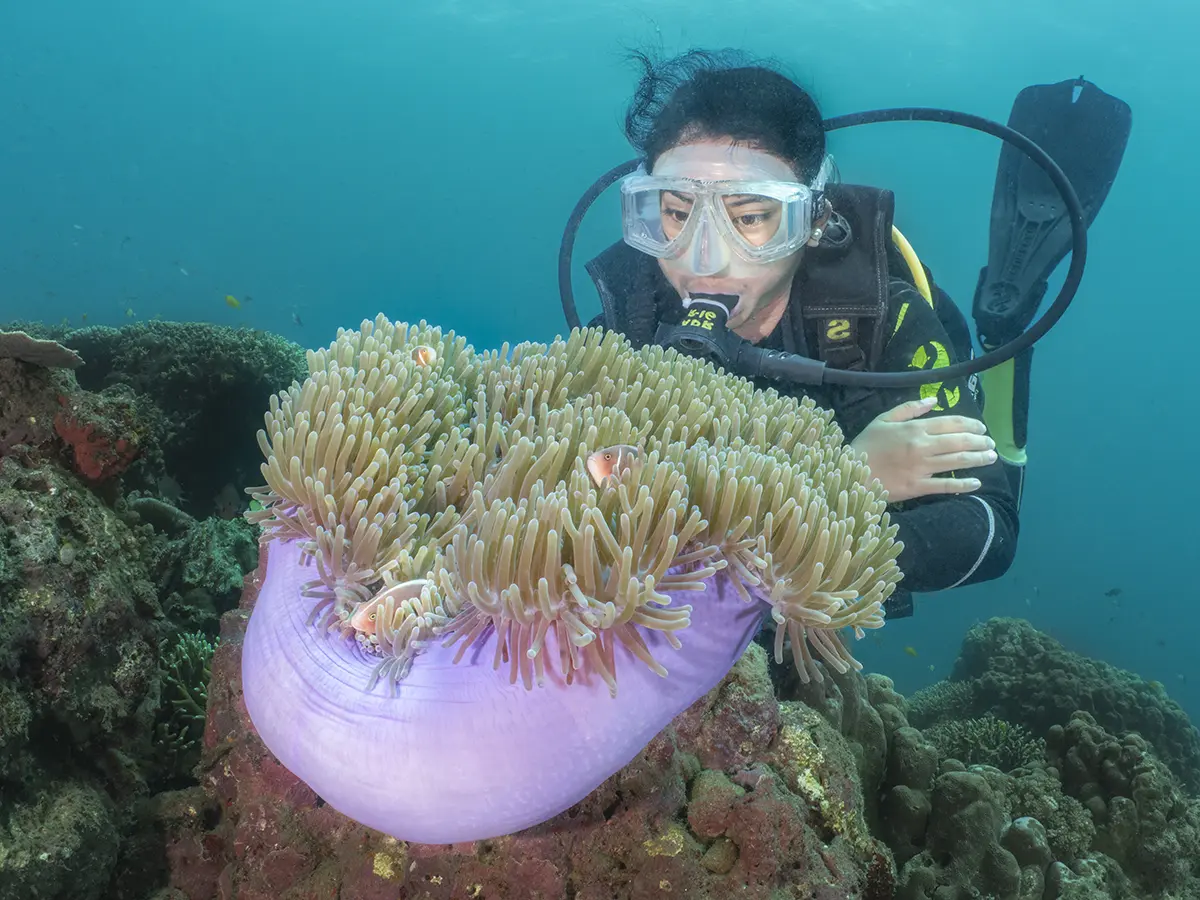
Jehiah tells me that when she first requested permission from her parents to go snorkelling with the group, her Mum said ‘No way!’ as she wanted to protect her from the vast, deep ocean. Jehiah employed pester-power and eventually secured the permission – but just for snorkelling ‘No diving!’.
Then, when Jehiah was later selected as one of the few to go into the diving programme, her Mum accepted her fate, but lovingly joked: ‘But Jehiah, how will you carry the tanks? You are so skinny’.
Jehiah shows me her biceps and tells me she will build on these and put on more fat so she can become a divemaster. ‘I was so surprised when I was chosen: I am a girl and I’ve only really seen guy divers so I was amazed.’
Although the Ambassador scheme isn’t just for females, Kim Gervereau tells me it is great that there has been some focus on women. ‘Filipino families tend to keep their girls at home,’ Kim points out.
‘There’s little notion of girls participating in sports or athletics, so you see very few women learning how to swim, let alone being encouraged to dive. The more that girls see girls diving, the more likely they will be inspired to do it themselves.’
LARA
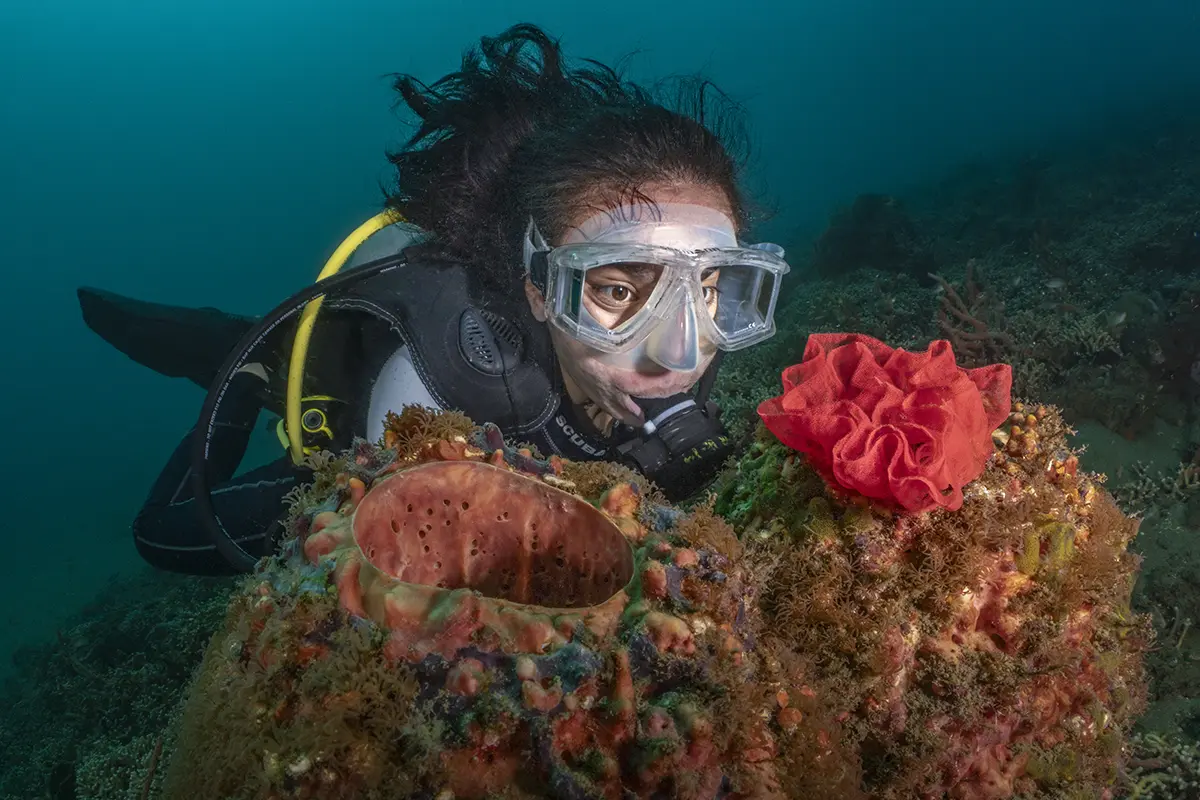
Dive Ambassador Lara tells me that her Granddad has long worked in the dive industry in Dauin, and in all his time, he has only known one woman divemaster. However, Lara says she wants all three of her group to become dive instructors, beaming, she tells me ‘I know I can do it, women make things possible and I want to teach other locals what is in the water here.’
To get to the resort from the mountains is tough. Lack of infrastructure means a journey to the dive centre involves a half-hour walk through fields, then, at a bumpy track, a ‘habal-habal’ (a four-seater motorbike) is needed to get to a Tarmac road, where finally they catch a bus to the resort.
The teenagers have worked hard to get where they are now. Before our second dive together, I explained to the trio that I’d like some photos of them with the creatures they are learning about. I tell them that during the next dive, I will point at a suitable target underwater and they should pose next to it.
Ten minutes into the dive I gesture towards a vibrant purple anemone, home of a family of pink skunk clownfish. I’m stunned when un-fumbling Jehiah approaches and with pin-sharp buoyancy, hovers next to the animal, arms folded, fins high, and, without a grain of sand being lifted from the seabed – a perfect model.

I am confused by this skilled demonstration of buoyancy technique. When at the surface afterwards I ask her how many dives she’s done, she replies, ‘over one hundred’. I’m gobsmacked, she’s been diving for one year and that’s an eighth of all my dives total – which I’ve done over the last twenty years.
The Young Ambassadors can turn up and dive, eat and relax at Atlantis whenever they want, and they will continue to be supported in their learning up until they reach divemaster, if that’s what they want to do.
The Young Ambassadors are supervised by Marco Inocencio, who was born and raised in Dumaguete and is now a sales team member and dive instructor at Atlantis. He tells me that training the Young Ambassadors to dive was a more fulfilling experience compared to his usual teaching.
Rather than the usual paying customers, he was coaching local children to appreciate things in their own backyard. This rewarding work felt as if he was ‘paying it forward’ and seeing their joy was contagious.
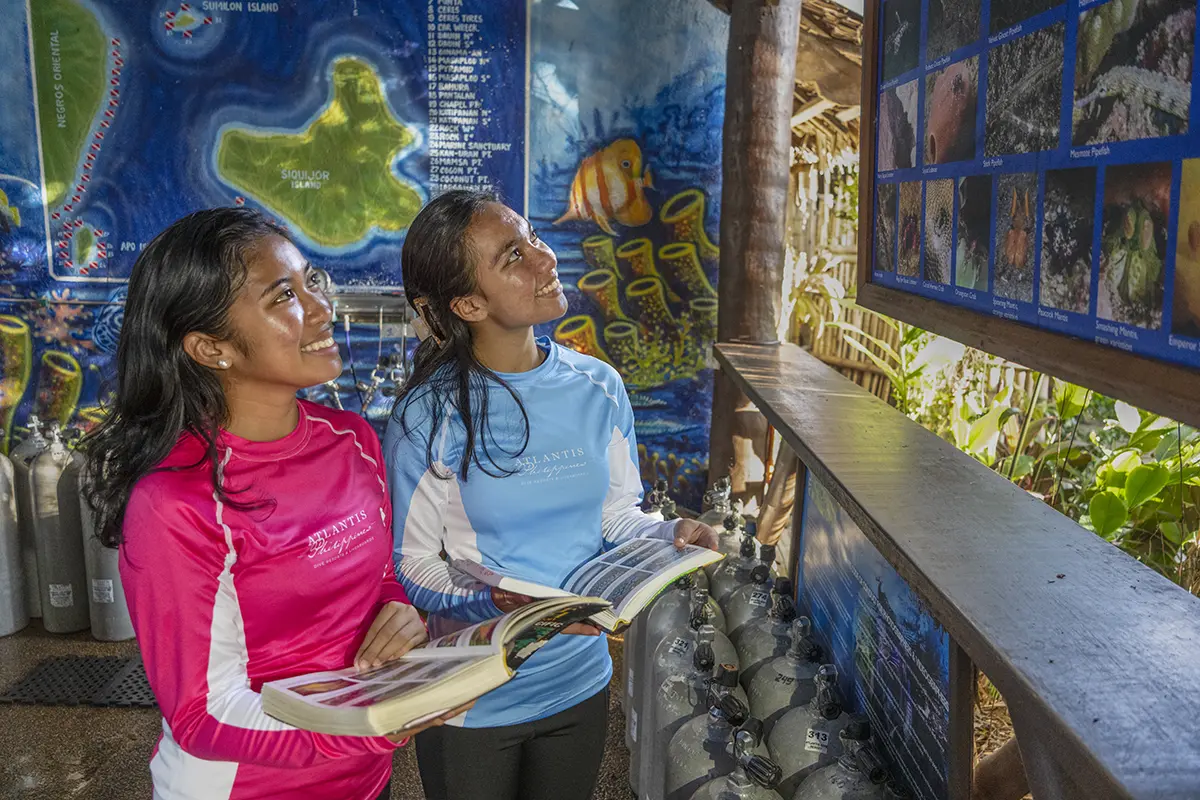
The young people are not expected to follow a career plan and work in the industry, but Marco says that once trained as a divemaster, it’s a pretty fantastic career to have in your back pocket. ‘We’re not pushing them into it – but if they decide to be a dive master in the future, they already have one hell of a head start.’
Marco has been with Atlantis now for 19 years (the staff retention here is unbelievably good). After gaining a BSc majoring in biology with a marine biology emphasis from Silliman University in Dumaguete, he worked in a few related areas – a pearl farm, and conservation research.
Then he found Atlantis and got a job as a dive shop boy; he worked his way up to divemaster, then instructor, then resort manager, and now he’s moved over to the sales team – which he loves, as he can travel internationally to dive shows such
as DEMA in the USA.
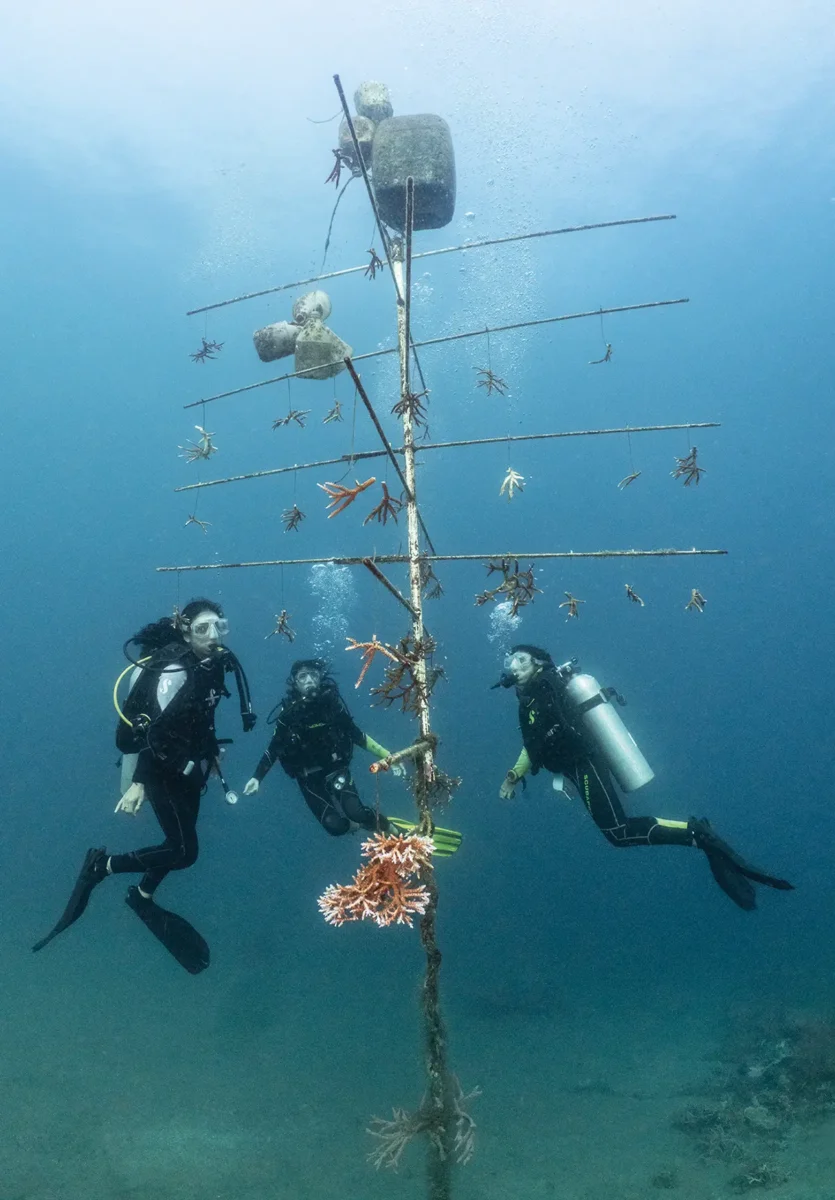
He explains that at Atlantis, if you are interested and put in the effort, you will be supported to work in whichever department interests you.
There are many benefits to hiring staff who come from the area. They understand local issues, from environmental to cultural ones and have a voice that represents the community. They can also pass on this learned experience to new trainees.
After our last dive together, I hugged the young women goodbye and left Atlantis with a spring in my step, invigorated by their passion for the ocean. I’m looking forward to following their journey… I hope they remain in love with the sea.
ATLANTIS

I surfaced from most dives stunned at the amount of aquatic life only seconds away from shore. Sometimes it took longer to get onto the boat than it did to motor to the dive site.
On one muck dive, we saw five blue-ringed octopuses – two mating pairs! We also saw frogfish, scorpionfish, mantis shrimp, seahorses, catfish, nudibranchs, coconut octopus, and more turtles than you could shake a stick at, which is brilliant because all five species of turtles found in the Philippines are endangered.
There were a couple of dive sites that I’d happily attach my wide-angle lens for, but even better, Atlantis regularly takes guests over to Apo Island. The journey is 40 minutes on a ‘bangka’ for a feast of soft corals… and you might even be lucky enough to see an electric clam.


During my stay, I obviously couldn’t resist having a play with all the photography tools at my disposal. This is a location known and loved by underwater photographers. I enjoyed a superb ultraviolet night dive with my keen-eyed guide, Wing, who found a fascinating eel that glowed an eerie green.
I tried Atlantis’ black water diving where I saw the common but beautiful juvenile squirrelfish and a very cute juvenile boxfish. I also had a go with my kaleidoscope lens which is super fun to play with and produces trippy and comical results.
The grounds are lush, a bit wild and tropical. The original owner was keen to grow native species consisting of endemic flora with indigenous plants, colourful flowers and local beach forest species. Guests have described the resort as ‘the jungle’ with lovely rooms!


More recently, in the ocean at the front of the resort, Atlantis has begun growing coral. Five large totem structures act as a nursery to big hanging branches of staghorns. These are maintained by the dive staff who brush them with toothbrushes.
Unfortunately, local fishing boats accidentally scooped up two of these totems in their nets and dragged them out to sea. In response Atlantis is now applying for government approval for a protected area that cannot be entered into by fishers.
Atlantis has just added a second liveaboard to its fleet, the two boats sample the delights of Tubbataha, Apo Reef, and Coron, as well as the Visayas region, including Malapascua, Cebu, Bohol, and Apo Island.
Perhaps, one day, Young Dive Ambassadors will be breaking the mould and teaching guests how to dive from these vessels.

If you want help to support the Young Dive Ambassadors scheme and help some young local ocean- lovers start their ocean careers, you can contribute through Atlantis’ website in the Atlantic Cares section: www.atlantishotel.com.
To get to Dumaguete there are daily flights from Manila (MNL) with Cebu Pacific or Philippine Airlines (both use Airbus A319/320 aircraft). Flight time is approximately one hour as is the taxi from the airport to Atlantis.
The post For the love of the Ocean – the Young Dive Ambassadors of Atlantis Dumaguete appeared first on DIVE Magazine.
